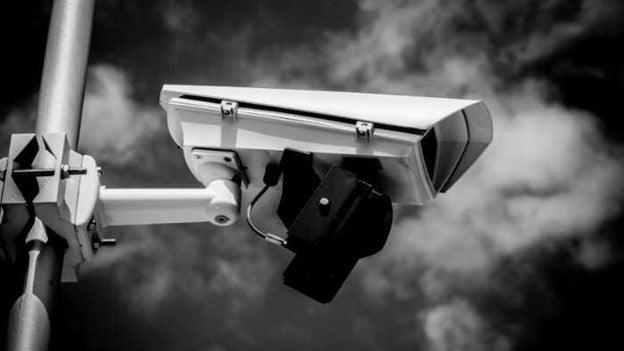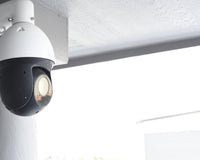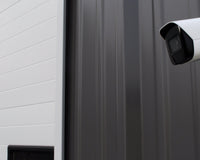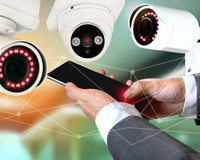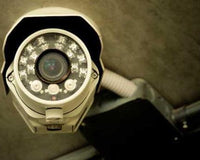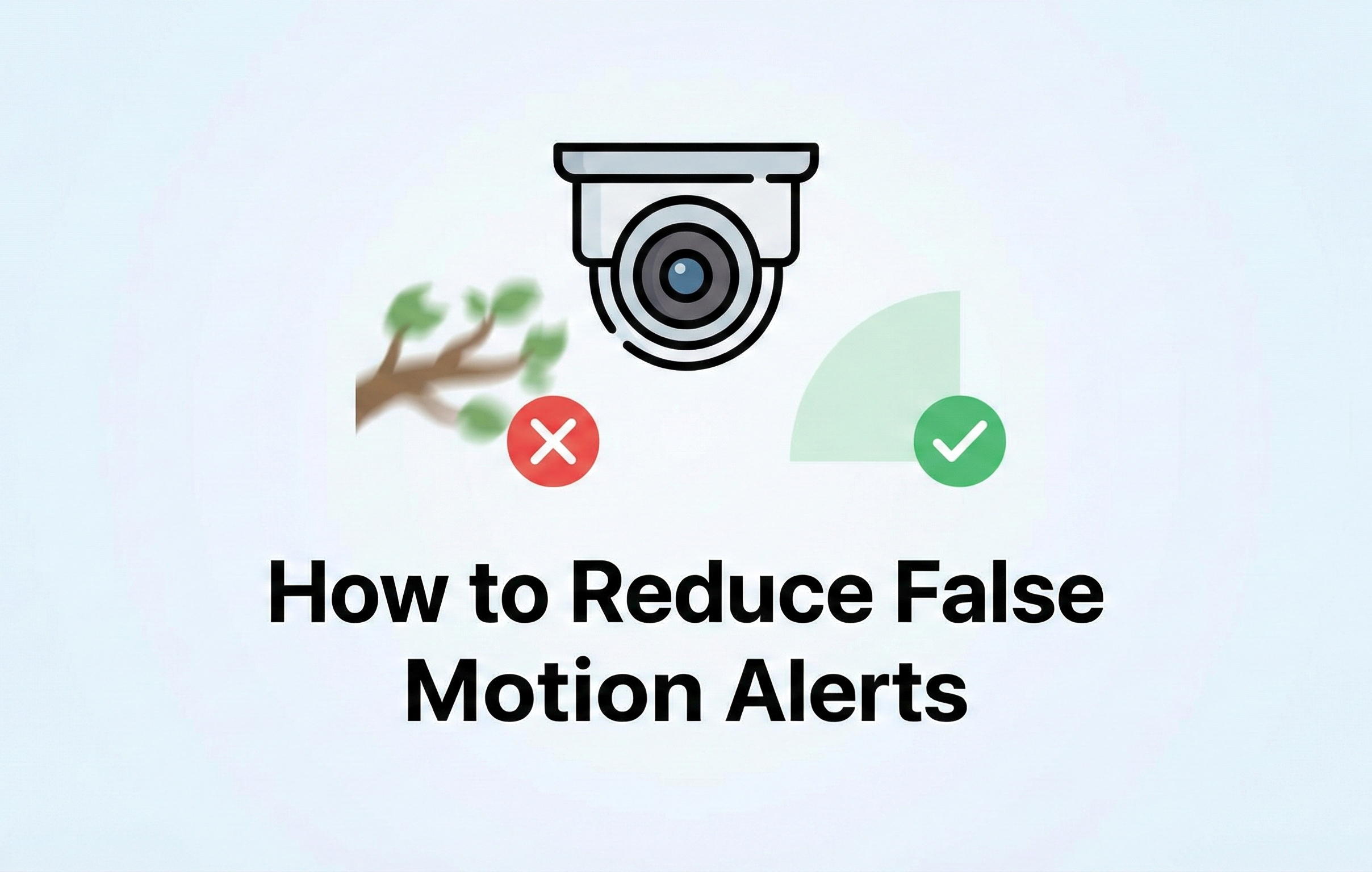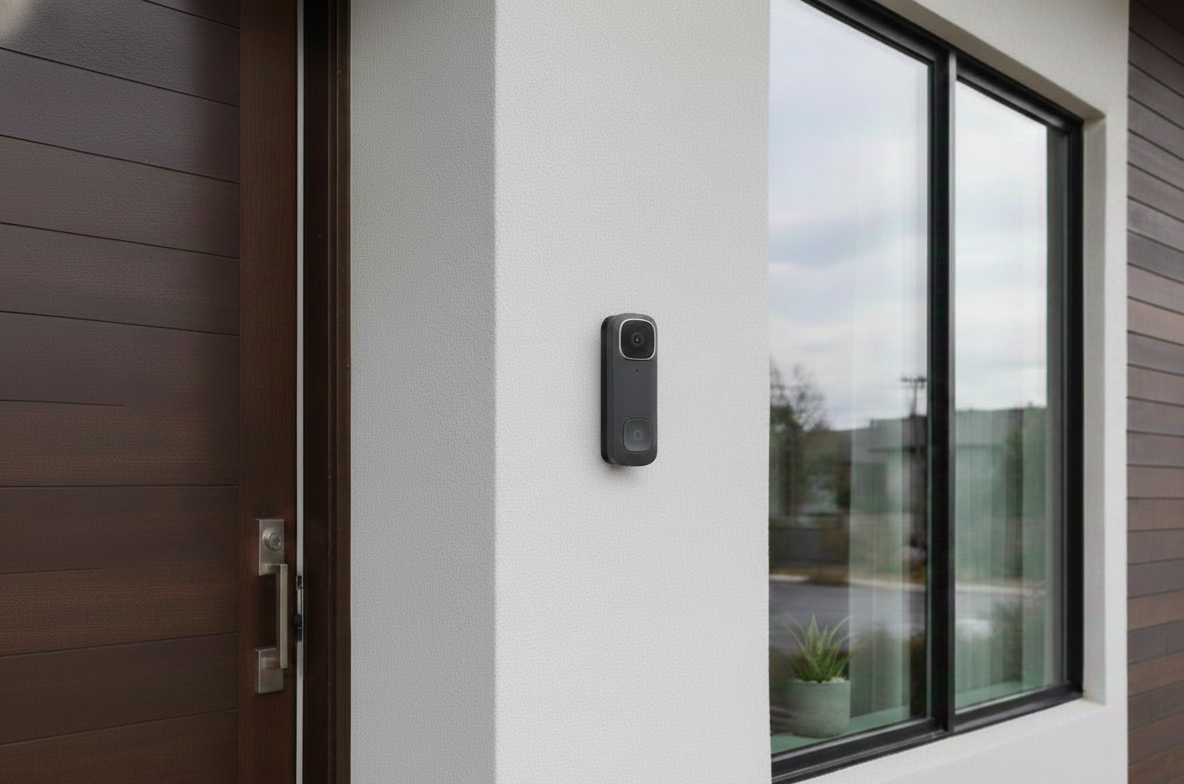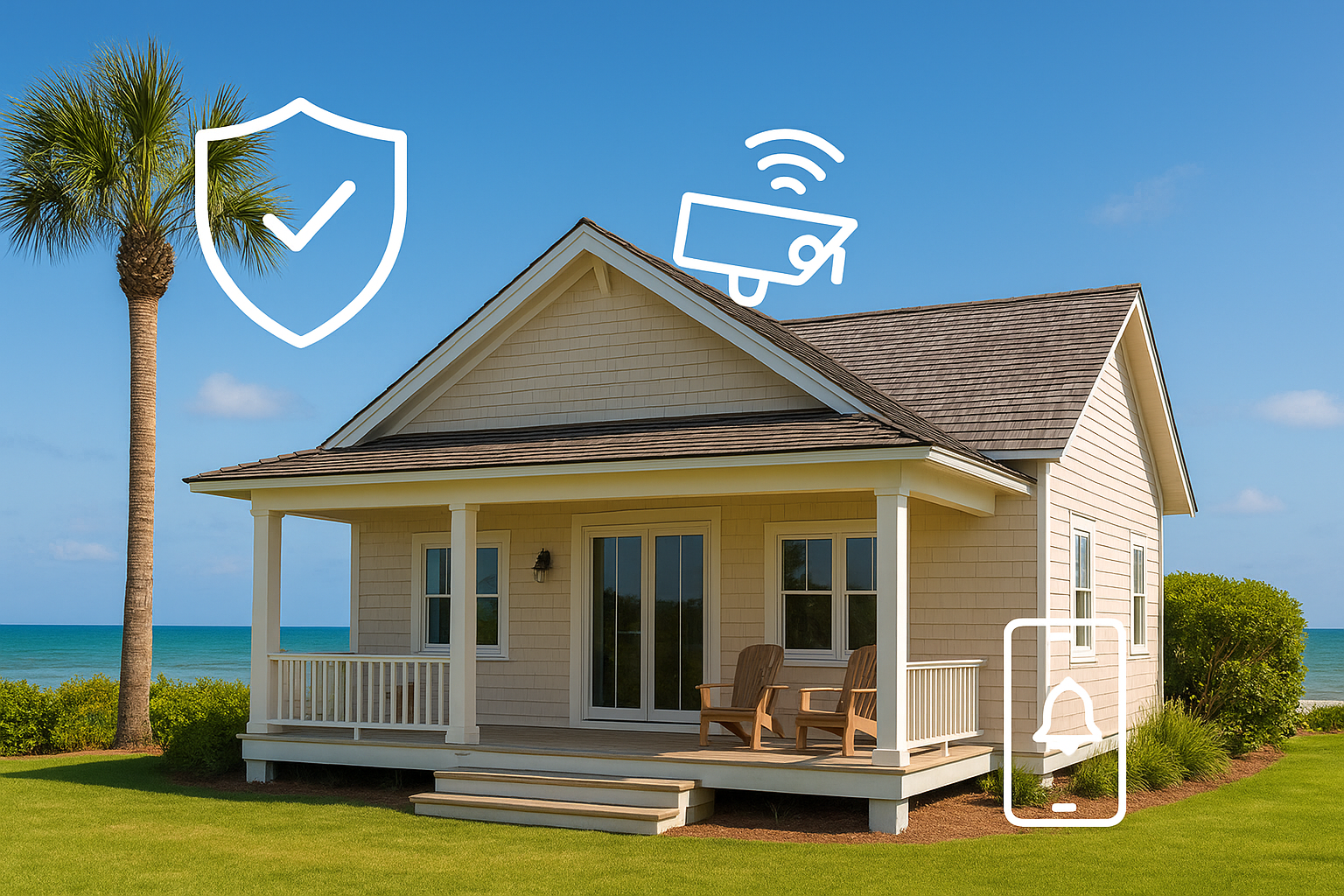Did you know that security cameras have been around since the late 1800s? Believe it or not, the first CCTV system was installed in London back in 1883.
In this blog post, we'll take a look at the history of security cameras and explore some of the key moments in their development.
We'll also discuss how CCTV systems have evolved over the years and what their future may hold. So if you're curious about video camera history, keep reading!
When Were Security Cameras Invented?
The first ever video surveillance was installed in London in 1883. The first surveillance system was designed by William Henry Fox Talbot and used a series of mirrors to reflect an image onto a piece of film.
This early CCTV system was used to monitor the comings and goings at the Port of London.
The idea of using mirrored reflections to capture images was later used in the development of the first ever motion picture camera.
Fox Talbot's system was incredibly primitive by today's standards, but it was a major breakthrough at the time.
Security Cameras Invention
It wasn't until nearly 50 years later that another significant milestone was reached in the history of video cameras.
In 1931, German engineer Walter Burchard developed the first ever electrically powered security camera.
His system used a rotating mirror to reflect an image onto a film. This design was later improved upon by American engineer Harold Edgerton, who added a strobe light to freeze the image in place.
Edgerton's design became known as the "stroboscopic camera" and was used extensively in World War II for military purposes.
After the war, Edgerton's design was adapted for use in commercial settings such as department stores.
Home Security Invention
The first home security system designed specifically for home security was introduced in the early 1980s. These early cameras were large, expensive, and required professional installation.
They were also relatively effective, as most burglars avoided homes that had a visible security camera system. It wasn't until the 1990s that the home security system began to evolve into the devices we know today.
The first major breakthrough came with the introduction of wireless cameras. This made it possible for homeowners to install their own security cameras without the need for professional help.
Digital Imaging Technology Invention
Another major breakthrough came with the development of digital imaging technology.
This made it possible to store images on a computer, which allowed for improved image quality and easier retrieval of footage.
The introduction of these two technologies helped to make CCTV technology more affordable and accessible than ever before.
The Future of Security Cameras
Today, a security camera is more popular than ever. Thanks to advances in technology, they are smaller, more affordable, and more effective than ever before.
It's likely that security camera systems will continue to evolve in the years to come. We may see the introduction of new features such as advanced facial recognition and artificial intelligence.
We may also see the development of new uses for video surveillance, such as monitoring traffic and detecting crime.
Whatever the future holds, one thing is for sure: security camera systems are here to stay.
CCTV and The Military
CCTV has been used in The Military for many years. It is used to monitor and protect military bases, personnel, and equipment.
Surveillance technology can also be used to monitor battlefields and track enemy movements.
Soviet Surveillance
The Soviet Union began using security cameras in the 1920s. The cameras were used to monitor the activities of the Soviet people and to track down dissidents.
The Soviet Union also used surveillance cameras during World War II to track the movements of Nazi troops and rockets.
Nazi Rockets
In 1927, the Nazis began using security camera systems to track the launch of their V-2 rockets. The cameras were mounted on towers and used to track the rocket's trajectory.
The data from the IP cameras was used to adjust the rocket's course and improve its accuracy.
The Orwellian connection
The use of surveillance cameras by the government has been likened to the dystopian society described in George Orwell's novel 1984.
In the novel, the government uses a security system called Big Brother to monitor the activities of its citizens and control their behaviour.
The Berlin Wall
In 1961, the East German government began using surveillance cameras to monitor the West Berlin border.
The surveillance system was used to track the movements of people and vehicles. The data from the video footage was used to stop people from crossing the border.
Today, the Berlin Wall is a symbol of the Cold War and the surveillance state.
The War on Terror
Since the 9/11 attacks, CCTV has been used increasingly by governments to monitor their citizens.
In the United States, CCTV cameras are often used to monitor public places such as airports and government buildings.
In the United Kingdom, CCTV cameras are used to monitor city streets and public transportation.
The use of CCTV has been controversial, with critics arguing that it violates privacy rights and creates a surveillance state.
Modern-Day Security Cameras vs Orignal Security Cameras
The modern security camera system has developed a great deal since the early CCTV cameras.
The first security cameras were large, bulky, and required a dedicated power source.
Modern security cameras are much smaller and can be powered by batteries or a DC adapter.
First-generation surveillance cameras produced low-quality images and often required a manual adjustment to focus.
Modern security cameras have high-resolution lenses and can be set to automatically focus.
The first security cameras were also static. Modern security cameras often have the ability to pan, tilt, and zoom. This allows them to cover a larger area and get a better view of what is happening.
First-generation surveillance cameras were analog and recorded footage on VHS tapes. Modern security cameras are digital and can record footage on a memory card or hard drive.
The footage from modern security cameras can be accessed remotely via an internet connection.
This allows users to view the footage from anywhere in the world.
The first security cameras were expensive and only used by businesses and government agencies to fight crime. Modern security cameras are much more affordable and can be used by anyone in everyday life.
Conclusion
Security cameras have come a long way since they were first invented in the early 1900s. The first security cameras were large, bulky, and required a dedicated power source.
Security cameras are now used for a variety of purposes, including home security, business security, and law enforcement.
It's clear that security cameras have come a long way since they were first invented, they are an essential part of our modern world.`

